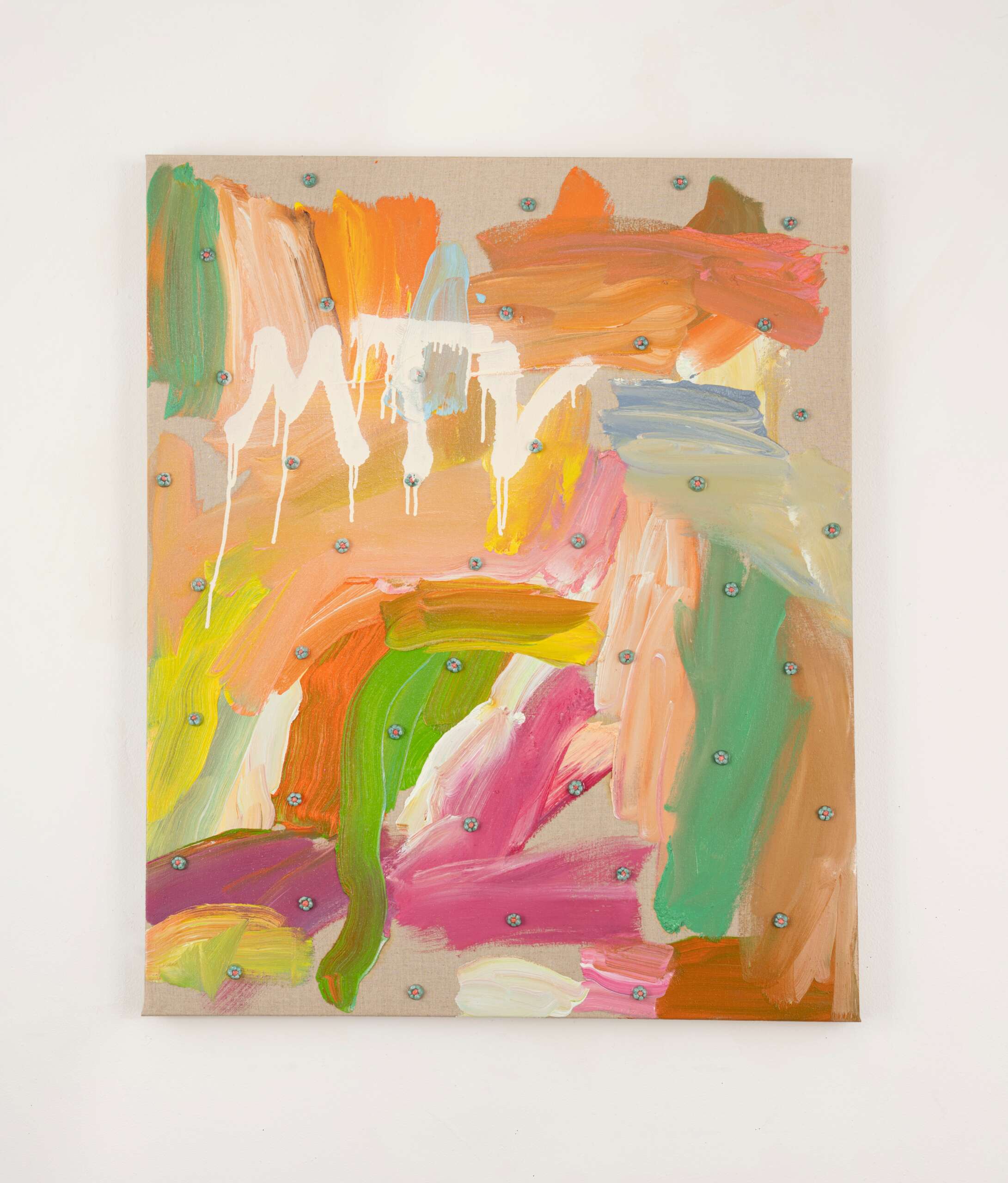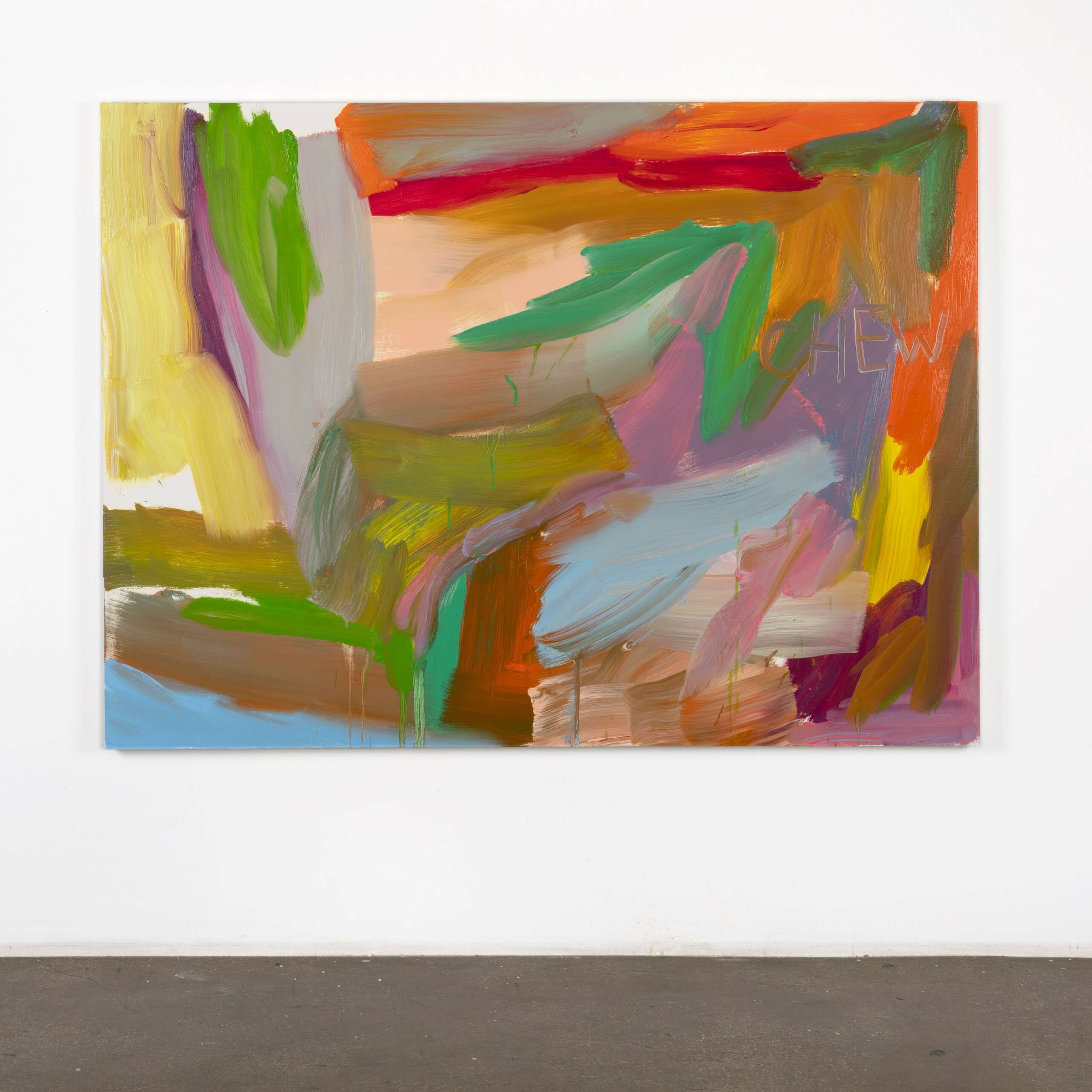Alright – so today we’ve got the honor of introducing you to Shaun Haugen. We think you’ll enjoy our conversation, we’ve shared it below.
Shaun, appreciate you joining us today. How did you learn to do what you do? Knowing what you know now, what could you have done to speed up your learning process? What skills do you think were most essential? What obstacles stood in the way of learning more?
Learning the craft. Just like in any creative endeavor (poetry, fiction, film, painting, etc.) there are fundamental aspects of the craft that each artist must learn. There are many ways to learn the craft and there is nothing set in stone. In fact, as a visual artist and painter, destroying and redeveloping historical techniques, processes, and subject matter is vital to the evolution of arts in our society. But we still must learn from the past. The infamous quote by Winston Churchill, “Those that fail to learn from history are doomed to repeat it,” is rather fitting towards the creative industry. I wonder if we actually do learn from the past or if things happen in cycles and trends that come in and out of fashion. In life, we still have war, have political injustice, and experience genocides, hunger, homelessness and other tragedies and seem to be repeating history. In the art world is it similar. We copy trends and styles from history and reinvent them in a new way. So I would say there is a balance in learning the craft from past and present. I would tend to lean towards things evolving in cycles.
Personally, using oil painting as a medium, I have had to learn the many different mediums that are available to manipulate the oil paint. I have had to learn about pigments, drying times, and how to adjust those to create a painting. I have had to learn about semi-transparent and opaque colors, and how colors go together (color theory). I have had to learn about galkyd, gamsol, and other mediums. I am stilling learning new mediums to dilute the oil paints that come out of the tube. In fact, I have recently experimented with the traditional damar varnish crystals, turpentine, and stand oil method. This is a very historical technique as now we have less toxic methods available to us today. But I wanted to try it. Learning the craft is about taking something from history and making it your own.


As always, we appreciate you sharing your insights and we’ve got a few more questions for you, but before we get to all of that can you take a minute to introduce yourself and give our readers some of your back background and context?
I got into painting in a rough part of my life. I used painting as a way to escape from reality. It became a meditation and a way of healing. From then on I have continued to use art as a coping mechanism. However, I wanted to take art more seriously and to learn as much about it as I possibly could. So I went back to school and enrolled for a BFA at Texas State University in San Marcos, TX. I learnt all the basics and fundamentals pursuing my BFA and worked with some amazing professors, including Joey Fauerso, Kathleen Mc-Shane Bolton, Tommy Fitzpatrick, Sterling Allen, Erina Duganne, amongst others. From there I knew I wanted to complete my education by pursuing an MFA and found myself moving to the big city and attending Pratt Institute. Pratt gave me the freedom to make what ever I wanted and to have a conversation about the process and what my intentions were. I’m grateful to have been able to attend Pratt and yet again learn from a handful of amazing professors, including Laurel Sparks, Jason Stopa, Gaby Collins-Fernandez, Philemona Williamson, Langdon Graves, and Steve Locke, amongst others. Now I have a foundation of knowledge to work from. But as a life long learner, I am still learning each day by reading, studying art history, and experimenting in the studio. One thing leads to another in the studio and I find myself in constant flux. I am constantly doing something new and synthesizing it with something from my past bodies of work.


Alright – so here’s a fun one. What do you think about NFTs?
NFTs are a scam. And if you have had anyone approach you on instagram asking to buy your art as an NFT you can probably relate to a similar experience. Someone who looks business/professional but with a limited number of pictures with an overall vague presence asking to purchase your art as an NFT. Now, if you have taken the leap and gone a step further you realize that they want you (the artist) to pay them to get your art into the public realm of the NFT world with no guarantees that you will make your money back. Also, they pay with cryptocurrency. To put it into perspective, I recently walked into Spoonbill Books in Williamsburg and saw the book called “NFTS ARE A SCAM” by Bobby Hundreds. That affirmed what I have been thinking all along. This reassured me that it is probably best to continue to ignore those pesky spammers on my Instagram feed. Please don’t ask me to purchase my work as NFTs.


What can society do to ensure an environment that’s helpful to artists and creatives?
The best way society can support artists (including musicians, theatre, writers, etc.) is to pay them a livable wage. There should be government programs established to support artists financially or offering free studio space. There are a number of studio residency programs accessible to NYC artists but it is highly competitive. There are also a number of short term residencies throughout the world, but they can be hard to access and difficult to afford.
Overall in the art world there is more need from artists than what is available. This includes galleries, studio space, residencies, curators, critics, museums and overall access to the arts. I think there should be something like the New Deal in which the government pays artists to make art.


Contact Info:
- Instagram: @shaun.epaints
Image Credits
Federico Savini


